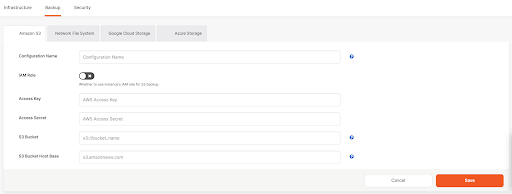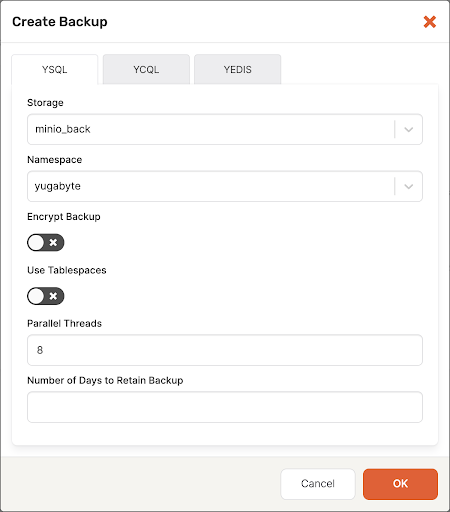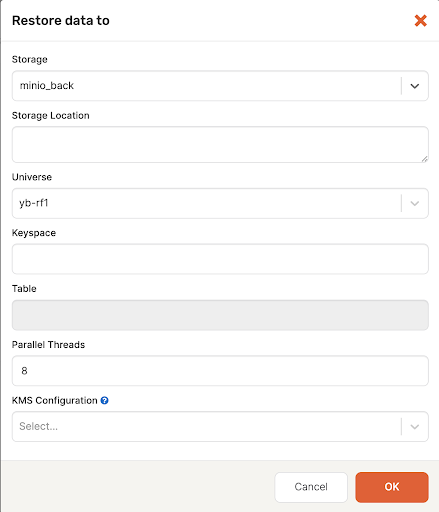Using MinIO for YugabyteDB Backup and Restore
YugabyteDB is a modern, consistent, distributed database. This means it provides all of the features required by cloud-native applications. This includes high availability, resiliency, fault tolerance, and geo-distribution.
As expected in any modern database, YugabyteDB offers multiple backup and restore options. YugabyteDB also supports backup destinations based on various cloud infrastructures and on-prem solutions.
In this blog, we will specifically focus on using MinIO.
YugabyteDB Anywhere
For enterprises that want to use YugabyteDB in cloud native environments at scale, YugabyteDB Anywhere delivers a streamlined operational experience. Customers can create and manage Yugabyte universes and clusters on one or more regions across public cloud and private on-premises data centers.
As part of day-2 operations, YugabyteDB Anywhere allows you to configure backup destinations using Network File System (NFS) for on-prem clusters. Along with NFS, you can use MinIO as a target for on-prem backups.
Why Choose MiniIO?
MinIO offers high-performance, S3-compatible object storage. Native to Kubernetes, MinIO is the only object storage suite available on every public cloud and Kubernetes distribution, plus the private cloud and the edge.
MinIO is software-defined and 100% open source under GNU AGPL v3. S3 compatibility is a hard requirement for cloud-native applications. MinIO is unyielding in its adherence to the API. With tens of thousands of commercial and community users, MinIO’s S3 implementation is the most widely tested and implemented alternative to AWS S3.
Once you install and configure MiniIO, you can configure the backup destination using the YugabyteDB Anywhere Backup configurations for AWS S3. See the example below.

Connection details from MinIO are shown above and are used to store backups in MinIO buckets. After you complete your backup configuration, use this to take on-demand or scheduled backups. See the example below.

You can use the same MinIO destination that used to back up the database to restore the database when required. See the example below.

Conclusion
Using MinIO for YugabyteDB backup and restore operations is a straightforward and hassle-free option that allows you to take full advantage of the MinIO infrastructure.
Feel free to drop any questions below, or join our Community Slack to chat with engineers, experts, and users in real-time.


